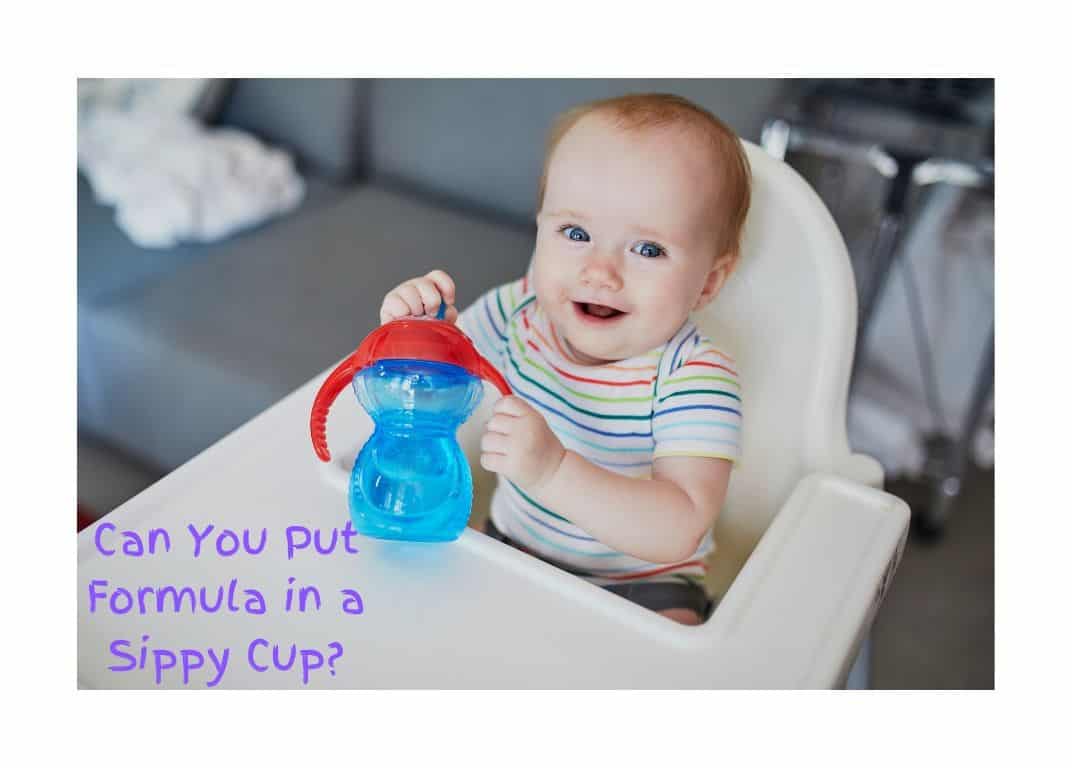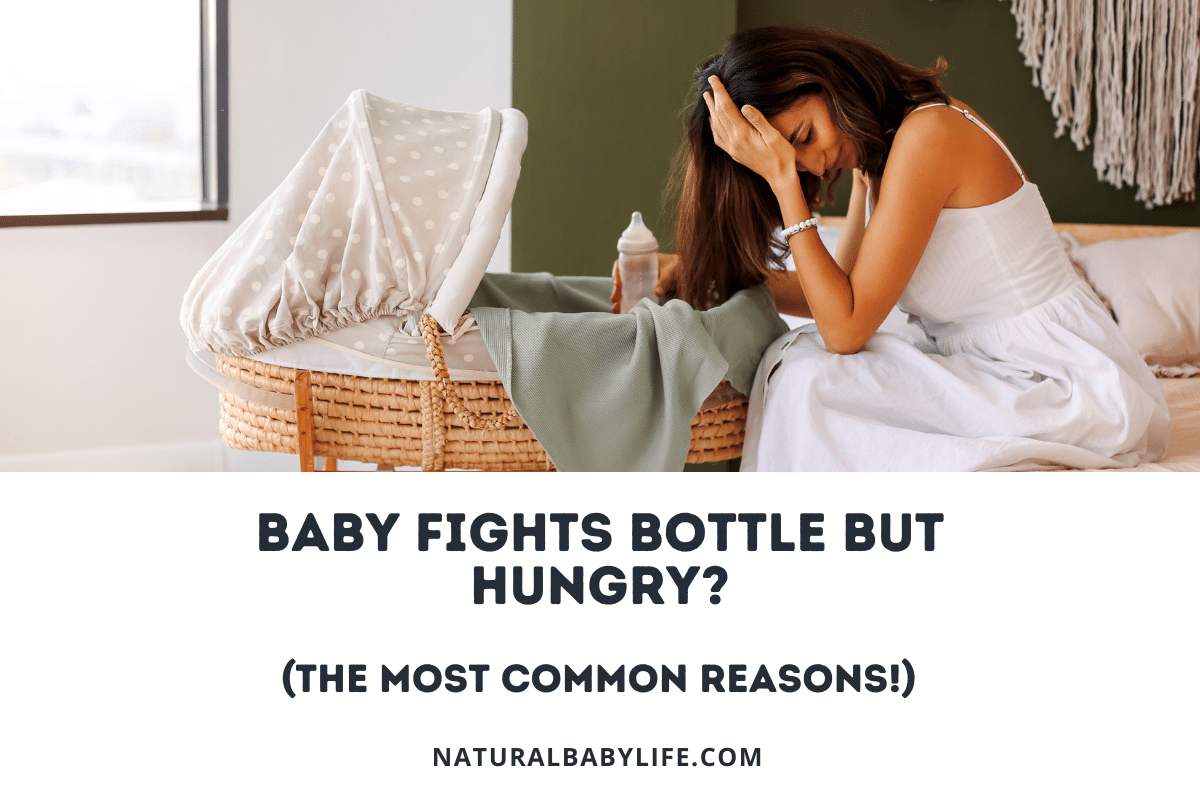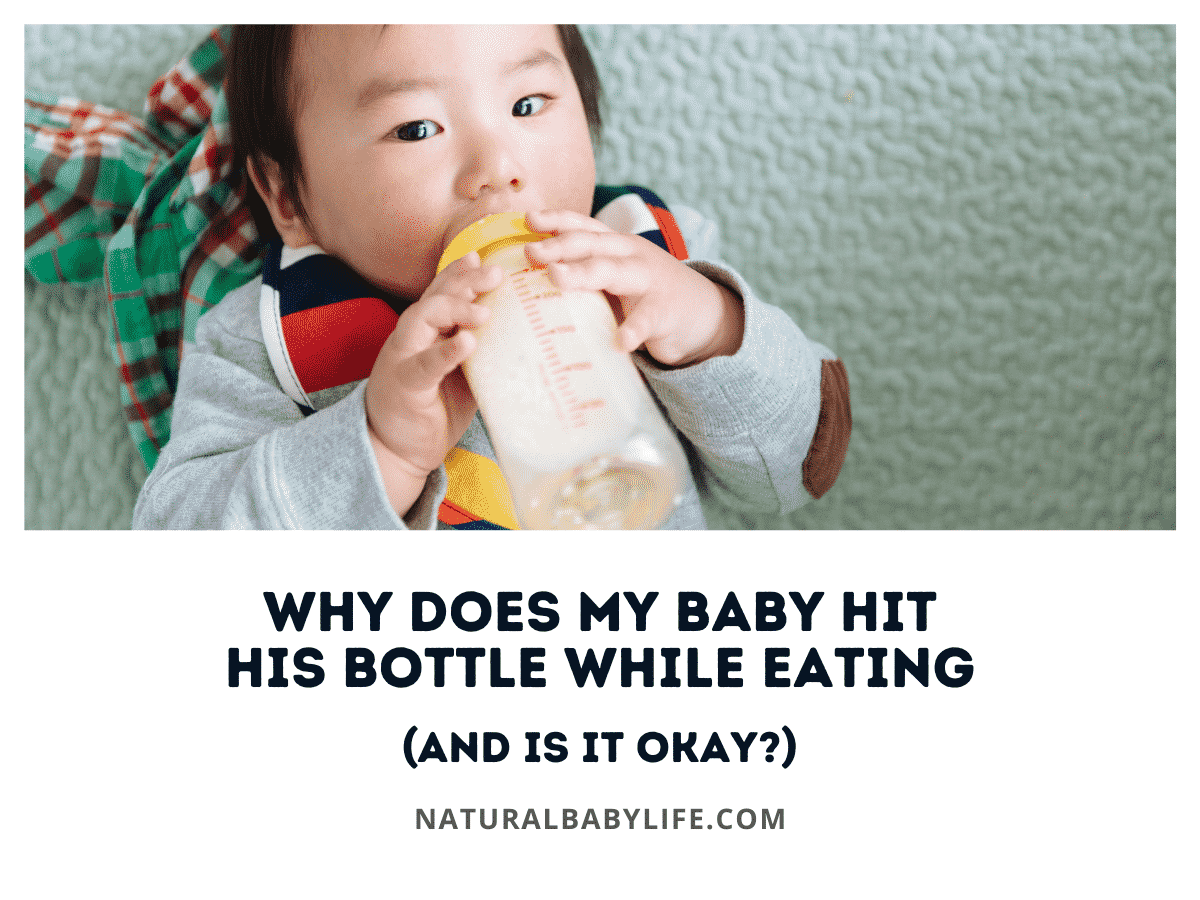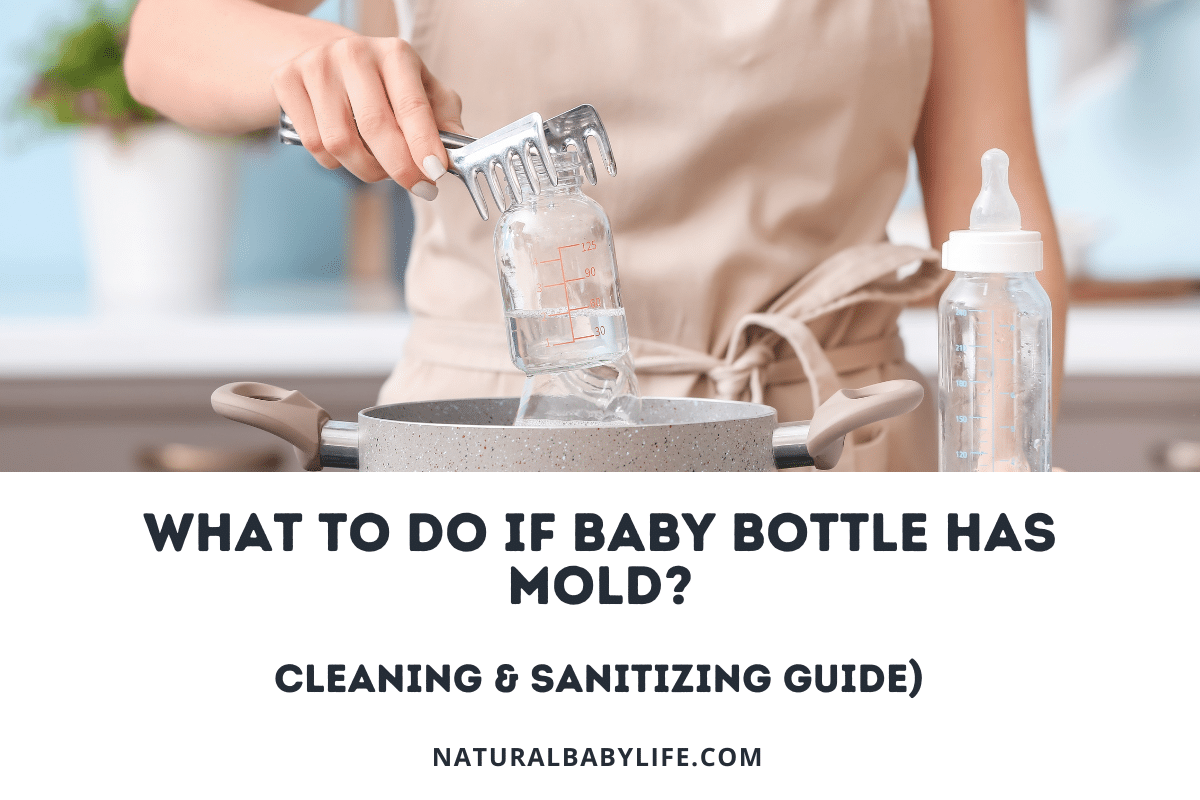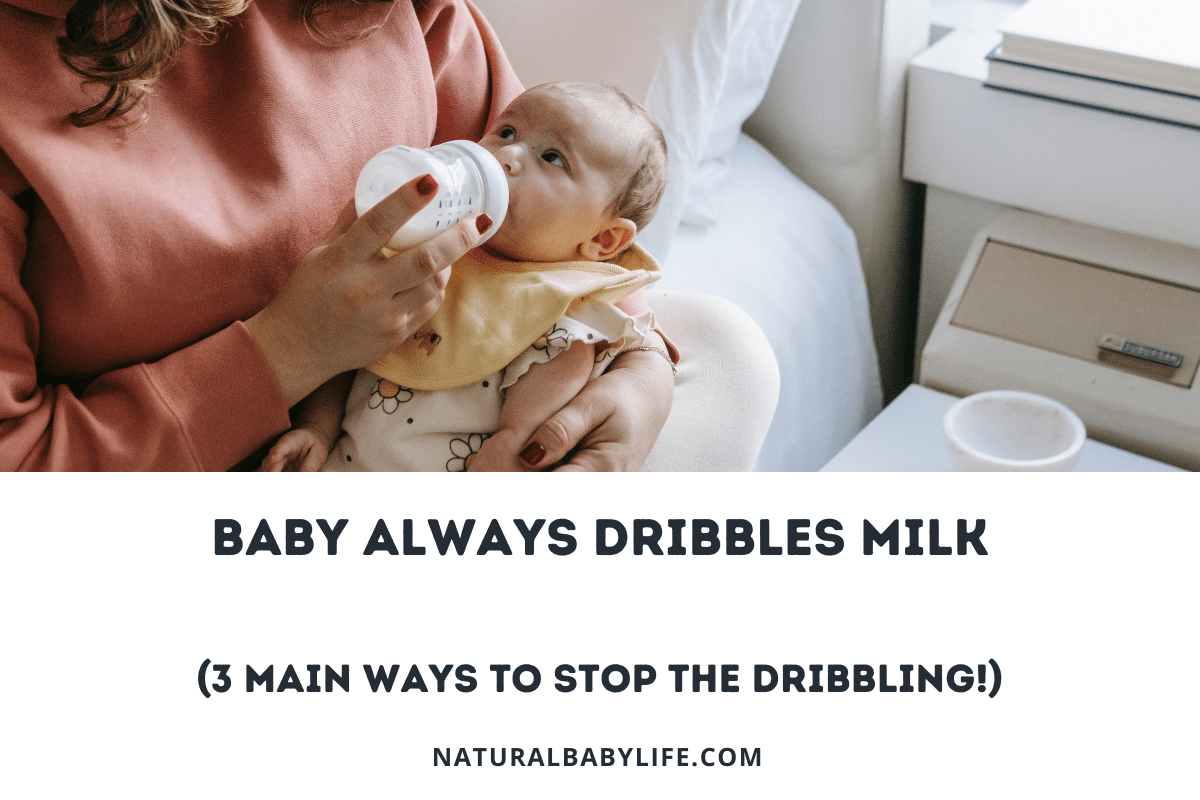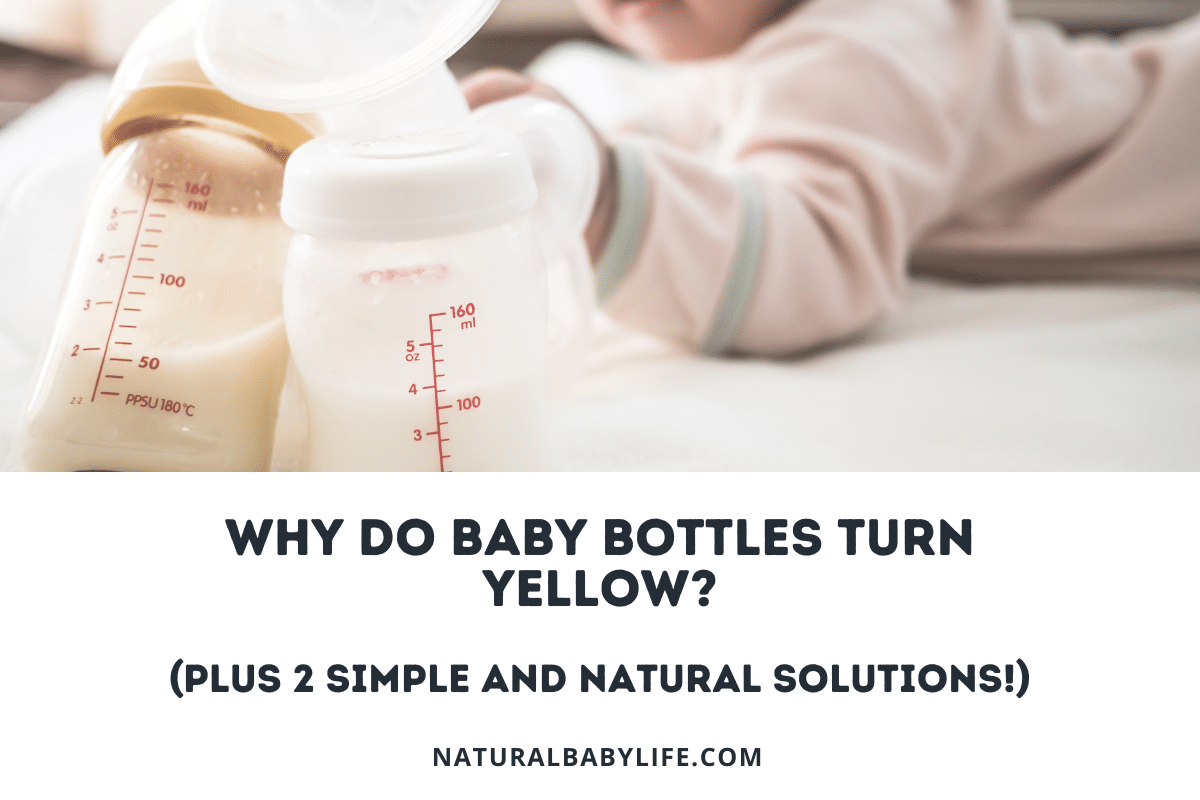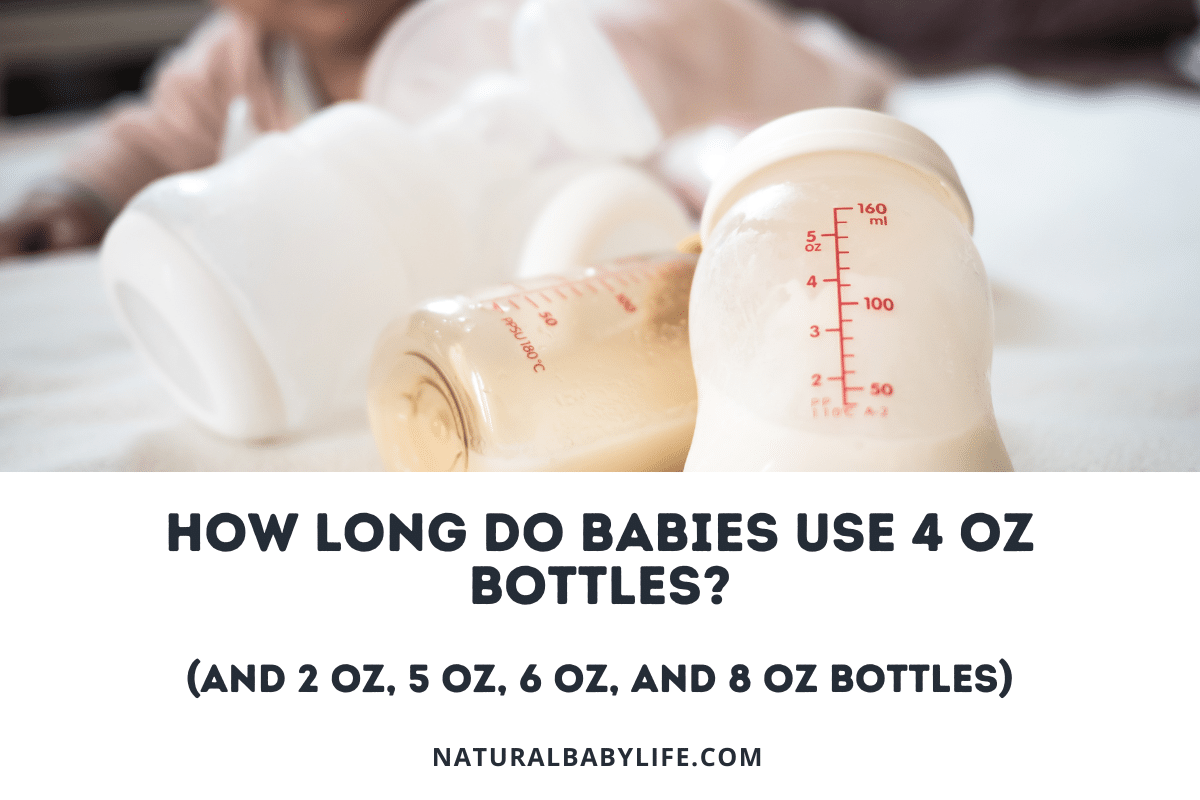A baby goes through so many different stages in just the first year of their life, and sometimes it’s hard to keep up with all of the changes. You may have gone through a dozen bottle brands before you found one that your baby liked, and now all of a sudden you have to start thinking about sippy cups! For babies who drink formula, you may be wondering if you can give your baby their formula in a sippy cup and how old they have to be before you make this transition.
It is okay for babies to drink formula from a sippy cup and they can start transitioning from a bottle when they are about 6 months old. Using an open cup or 360-style lid will help prevent dental and speech issues for babies as they get older. Just like in a bottle, babies should drink all of their formula from a sippy cup in one feeding rather than sipping on it for long periods of time.
Nowadays, there are so many concerns about speech delays and dental issues that even choosing the right cup can feel like a daunting task. If you keep reading, you’ll see our recommendations for the best sippy cups for toddlers, and some great tips on how to transition your baby or toddler from a bottle to a sippy cup.
Table of Contents
Can I give my baby formula from a sippy cup?
Many parents have concerns about the effect it will have on their baby if they drink out of a bottle for too long. Just like pacifiers, many experts are now saying bottles can cause dental problems and speech issues later on in life if your baby is not weaned at the proper time.
It’s important that every baby makes the transition to a cup as soon as they are developmentally ready, but many parents feel weird about transitioning away from a bottle before their baby has stopped drinking formula. This worry isn’t necessary, however, because there is really no reason why your baby should have to drink formula exclusively from a bottle when it is time to transition to an open cup or sippy cup.
When can I introduce formula to a sippy cup?
According to the American Academy of Pediatrics, most babies are ready to start drinking from a sippy cup at 6-9 months, but some children may not be ready until at least 12 months. Once your baby is at least 6 months, you can begin trying to transition them.
Not every baby is going to be ready at the same time and that’s okay! Still, the AAP recommends that all babies are completely weaned off of the bottle by the age of 18 months. Studies have shown that babies still using a bottle at the age of 2 are much more likely to be obese and have other potential health issues.
Your baby may be ready to try a sippy cup if they are:
- Sitting up on their own
- Eating solid foods
- Grasping items tightly with their hand.
The best kind of sippy cup to use for formula
Many experts are now saying drinking out of a sippy cup with a hard spout can cause speech delays or impediments. Straw cups are always a great option but if you prefer to go a different route or feel your child isn’t ready for a straw cup, the 360 type cups are really simple for little ones to use and they come in a variety of brands. Open style cups are also a great option, and there are many brands that design ones specifically for infants and toddlers. Here are a few of our favorites:
Munchkin Miracle Stainless Steel 360 cup
My family has been using this cup with our son for almost a year now and we’ve absolutely loved it!
It’s made from stainless steel, non-toxic plastic, and food-safe silicone which makes it extremely durable and the double-walled stainless design actually keeps drinks cold for hours.
The coolest part, however, is the ‘Miracle 360’ lid. Honestly, it really is a miracle. You can sling the cup around or turn it upside down and nothing comes out. Once you put your lips to it and tilt it, however, it works just like a regular cup.
What a time to be alive!
If you are interested in this cup, I HIGHLY recommend picking up this set to go with the original cup. It includes a lid with a small slit that lets your baby start to transition from a spill-proof cup to a regular cup as well as a lid with a special silicone straw to help them learn to use a regular straw.
All of the lids will fit the same stainless container so you don’t have to buy a bunch of different cups. It’s money well spent, seriously. Don’t waste your time with cheap plastic cups.
Munchkin Miracle Trainer 360 cup
This is the ‘trainer’ version of the 360 cups and that means it has little handles on the sides. Depending on your little one, these handles could be helpful and necessary for getting them to transition away from the bottle. Personally, I’ve never felt the handles are important because baby bottles don’t have handles and babies normally don’t have much issue holding those once they get a little older.
Still, sippy cups can be a little heavier than your average plastic baby bottle, so these might do the trick for you!

Reflo Smart Cup
If you are looking for something a little less ‘sippy cup’ and a little more ‘the cup you get at Cici’s Pizza’ then this is an interesting product! Similar to the Miracle 360 cup, the Reflo Smart Cup promises 360 degrees of spillproof action for your little transitioning baby. It uses a different trick to accomplish this, but one nice feature is that you can actually take the insert out once your baby has learned how to use the cup and it becomes a regular, adult-style cup.
Like the Miracle 360, this cup is also a great choice for dental and speech health!
 ezpz Tiny Cup
ezpz Tiny Cup
The last item on the list is a really cute and helpful cup by ezpz. The idea behind this cup is that it will allow your baby to get used to an adult-style open cup with a design that is easier for tiny hands to use.
The cup is all of 2.5 inches tall, made of silicone, and features a weighted and textured bottom to help prevent getting knocked over. It’s bendable, durable, and dishwasher safe. It’s also very highly reviewed among users (perfect 5 stars!). If you like the cup, there are also cute utensils that you can buy to match! I will say, however, that it seems a bit pricey.
How do I transition my baby from a bottle to a sippy cup?
When your baby has been used to drinking out of a bottle their whole life, it seems like it would be a difficult transition to move them to a sippy cup. Fortunately, there are plenty of ways to help ease the transition and make it a (mostly) pleasant experience for both you and your baby.
- Start with a trainer cup! There are many companies that make trainer cups to go along with their bottles, such as this transition cup made by Munchkin. Trainer cups help make the transition from bottle to cup a lot smoother for little ones because they have handles on the sides and the spout is similar to the nipple on a bottle. These are also safer than cups with a rigid spout and don’t force your baby’s mouth into an unnatural shape.
- Start with something other than formula. Even adding water to the sippy cup may entice your baby if they’re unsure about the cup at first. Tasting something other than the liquid they’re used to will make it an exciting new experience for them.
- Let your little one explore the cup. They may want to feel the cup first, try to chew on it, or even toss it. Show them how to use it and help them learn the proper way to drink from it.
- Stick to one kind of cup. You may have to try a couple of different brands at first to find the right sippy for your baby, but once you do, stick with one kind. Some sippy cups, such as ones with a spout, have to be tilted back in order for anything to come out, where straw cups have to be level. Using different types of cups may confuse your baby when they are first getting the hang of it.
- Be patient! Remember that transitioning your baby to a cup isn’t going to happen overnight, and they may need a little bit of time to get used to it. If they don’t take to the sippy cup right away, keep trying and make sure to be consistent with them.
Sippy cups and tooth decay
Many experts believe that sippy cups are the reason for the rise in tooth decay in children. Although it’s okay to put formula in a sippy cup when your baby is first learning, it’s important to remember that a sippy cup is meant to help children transition from a bottle to a cup, and it shouldn’t be used for an extended period of time. If your little one is going to use a sippy cup, here are some tips for how to prevent tooth decay:
- Sippy cups should never be given at naptime or bedtime unless they’re filled with water. Letting any kind of sugary drink sit in your child’s mouth at bedtime can increase their risk of cavities.
- Only let your child drink formula from the sippy cup when they are hungry/thirsty. It should not be used as a pacifier for comfort.
- Don’t let your little one walk around the house all day with the sippy cup. This increases their chances of tooth decay and can also ruin their appetite if they are eating solid foods already.
When do babies stop drinking formula?
Most babies will drink formula until they are 12 months old. There are specific formula brands catered to toddlers, so you could choose to continue to give your child formula after their first birthday, but unless your child refuses any other type of milk, toddler formula is unnecessary and often has added sugar to it.
Babies under 12 months old aren’t able to digest cow’s milk as well as they are able to digest breast milk or formula, so your baby should continue to drink formula until they’re at least a year old. If you have any specific questions or concerns about your baby’s eating habits, it’s best to speak to their pediatrician before making any decisions about their diet.

